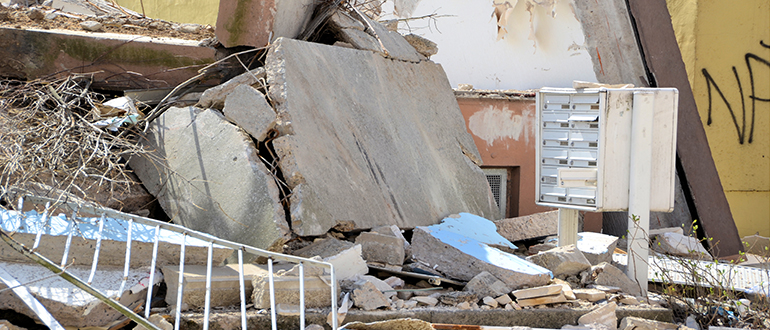Jeppe Rossen Møller
Master Thesis - Environmental Engineering - 2019
The condition of the environment is receiving comprehensive awareness nowadays, and this focus are not expected to be lessen in future as more people are coming to inhabit our planet, putting increased pressure on a limited amount of natural resources. Utilizing these resources as efficient as possible are thus as important as ever and in this regard, proper management of solid waste comprises a crucial area. Housing, as one of the basic requirements for human well-being is one of the main services to be provided to this increasing number of people. And as this sector accounts for roughly 1/3 of all waste generated on a global level, utilizing construction materials efficiently remains decisive and furthermore strengthens the need to extend their useful life after becoming obsolete.
Knowing the amount and type of materials contained in the existing building stock and when these are expected to become available as a result of renovation and demolition, would make the management of these resources more convenient. In addition, it would also allow architects and engineers to design new construction works with the materials coming from the obsolete building stock in mind, paving the way for a more circular build environment.
In this project a prospective building stock model have been developed, based on the existing building stock in terms of different types of buildings constructed in distinct periods of the past. Based on the factors expected to drive the demand for floor space in buildings, the future development of the building stock has been attempted. The model has been applied to the Capital region and the region of Zealand respectively with a special focus on the aggregate fraction of construction of and demolition waste (C&DW). As these areas are running short on supply of primary aggregates from existing digging areas in the foreseeable future, estimating the potential for secondary aggregate supply would be interesting from environmental and economical point of views.
The outcome of this study unveiled the demand for concrete and clay bricks to decline regularly by time in the Capital region and whereas the obsolete amount of clay bricks tails off towards 2050, the amount of waste concrete shows a slightly increasing trend. In the region of Zealand, the demand for concrete as well as the supply of waste concrete show slightly increasing trends towards 2050 whereas the demand for bricks and the supply of waste bricks tend to decline gradually by time. In both regions, the demand for concrete exceeds the amount coming from the obsolete stock throughout the whole period, while the trend for clay bricks are the opposite. However, application of secondary aggregates in new concrete are only allowed up to a level of 30 %, and until this upper limit gets challenged the full potential for substitution might be obtained. The quality of the concrete remains as a significant barrier though. The demand for clay bricks could apparently be covered completely by waste bricks, but unfortunately application of cement mortar since 1955, restricts this potential significantly.
